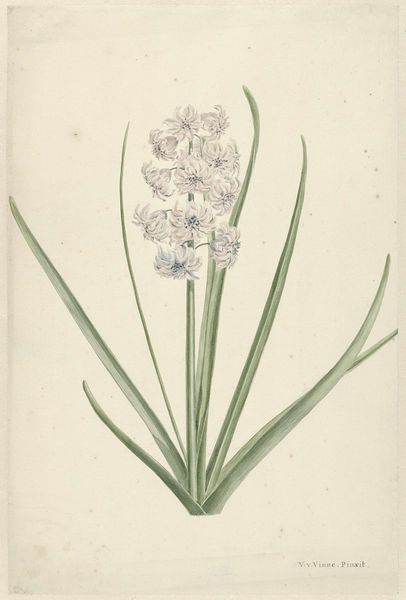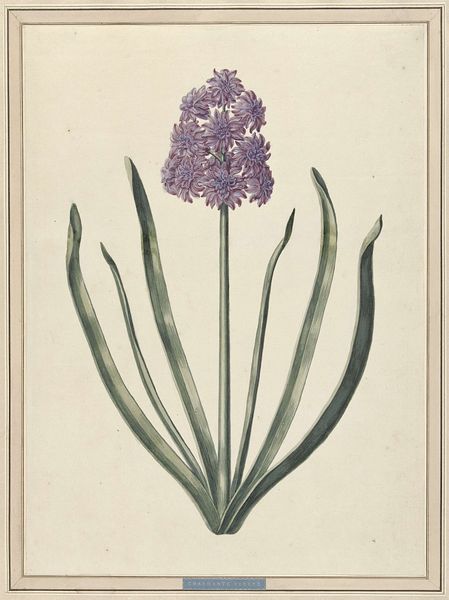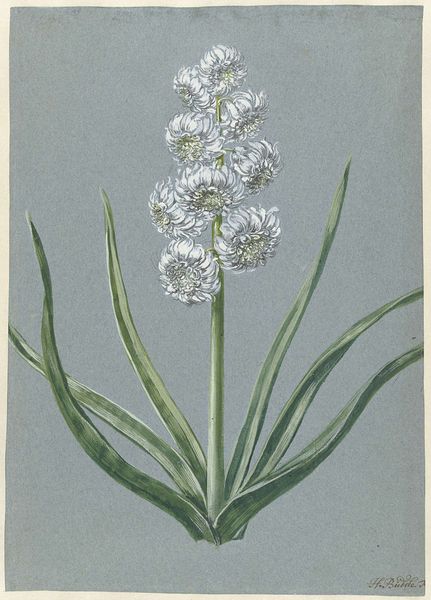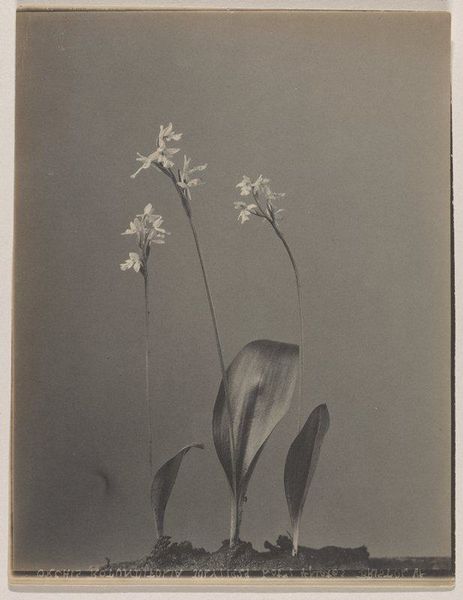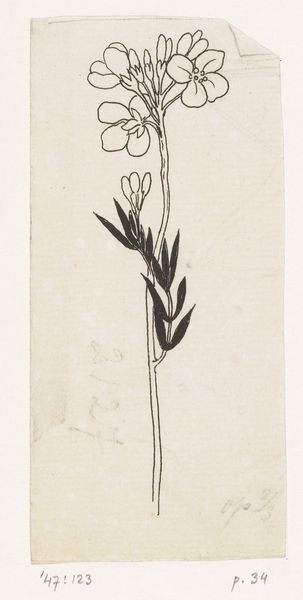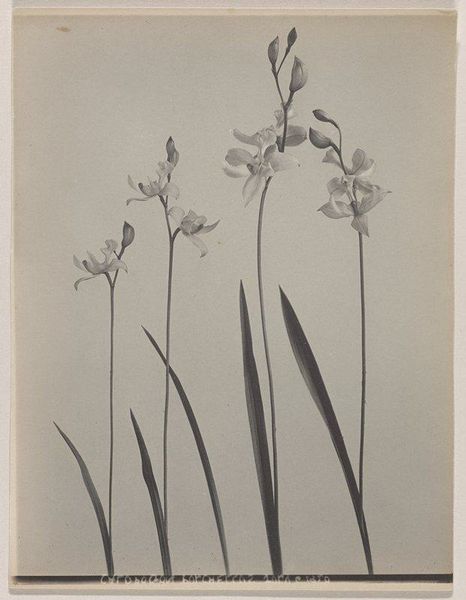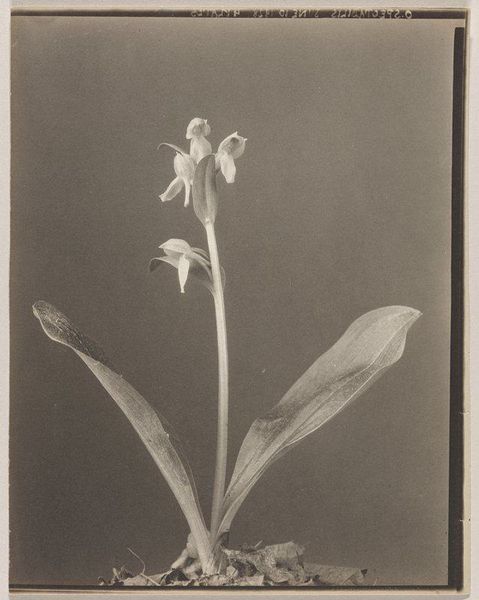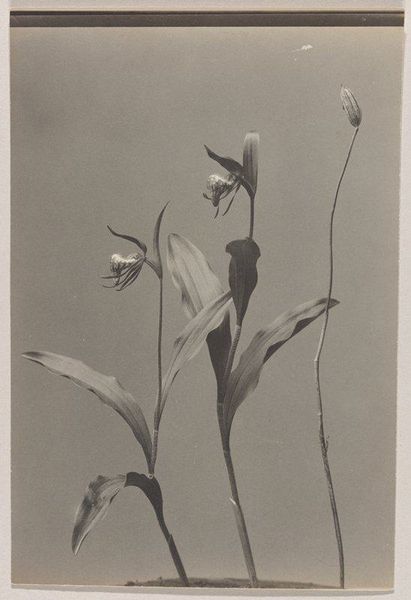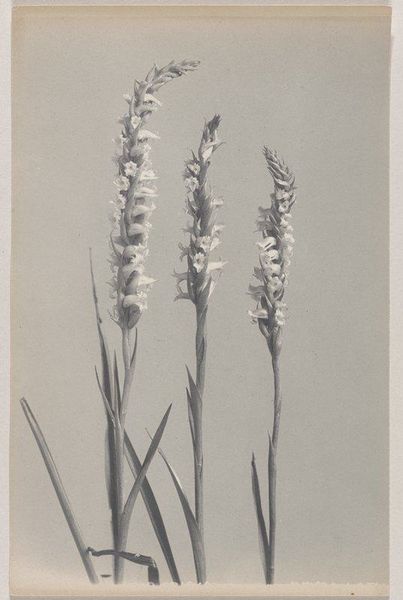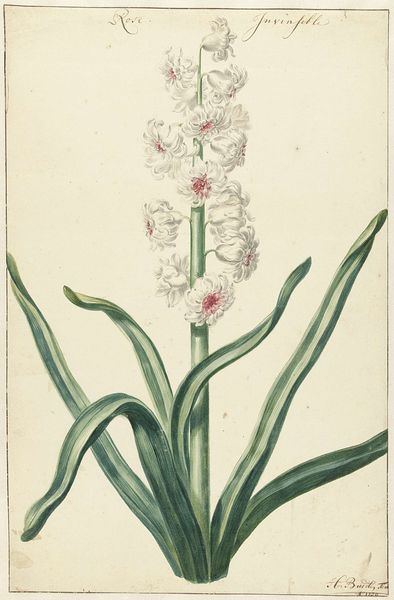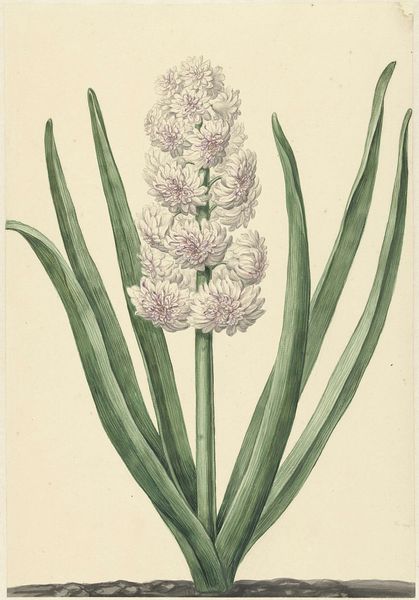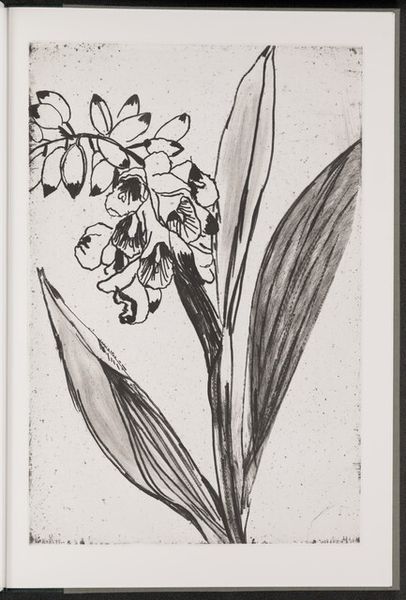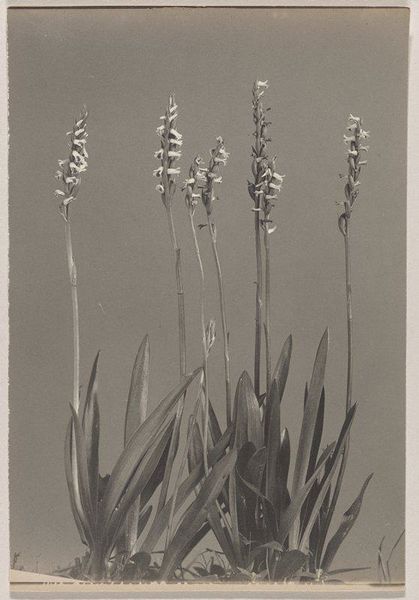
watercolor
#
watercolor
#
15_18th-century
#
ceramic
#
watercolour illustration
#
botanical art
#
realism
Dimensions: height 436 mm, width 278 mm
Copyright: Rijks Museum: Open Domain
Curator: Vincent Jansz. van der Vinne created this botanical study, "Witte hyacint," sometime between 1746 and 1811. It's rendered delicately in watercolor. My first impression is that it seems almost scientifically precise in its rendering, yet retains an airy lightness. Editor: I agree about the lightness. It's deceptive, though. Look closely at how the watercolor creates these incredible, almost photorealistic forms. Note how the hyacinth practically levitates on the page with its strong verticality. Curator: That verticality is crucial, framing it with an architectural pose. The artist shows a conscious emphasis on the production, especially when appreciating this subject through 18th-century botanical studies – where cultivating these bulbs indoors were emerging industries, fueled by consumer desire. We tend to think of still lifes and portraiture, and landscapes coming out of the period, not something like this… Editor: Precisely! Think of the contrast, Curator. On one hand, you see such rigorous execution in the detailing of each petal and leaf… but then, such fragility to its watercolor medium itself… it’s fleeting! Curator: Speaking of technique, look at how he contrasts the dense, textured bloom with the smooth, linear leaves. It draws our eye upward, mimics the selective breeding, to some extent. Were these drawings commissioned? Perhaps serving both aesthetic and economic functions documenting these novel cultivars? Editor: Excellent point. There’s such economy in this composition and presentation, everything you see is there to service the blossom – it makes the central bloom itself a study on purity with those carefully observed whites. It reminds me of an altarpiece – though dedicated to botany and its societal underpinnings instead! Curator: Well, regardless of the original intent, considering all our modern ecological sensibilities, it reminds us how human cultivation literally shapes and frames the very nature around us – as a manufactured artifact as well as a botanical study. Editor: Indeed, something in this piece really calls one’s attention in its careful artifice. I look forward to contemplating the tensions between the flower, technique, and form again soon!
Comments
No comments
Be the first to comment and join the conversation on the ultimate creative platform.
